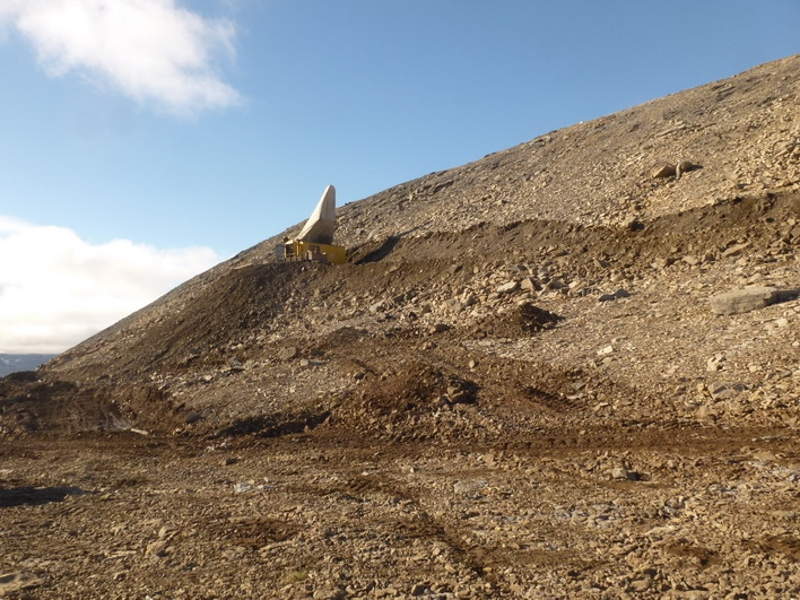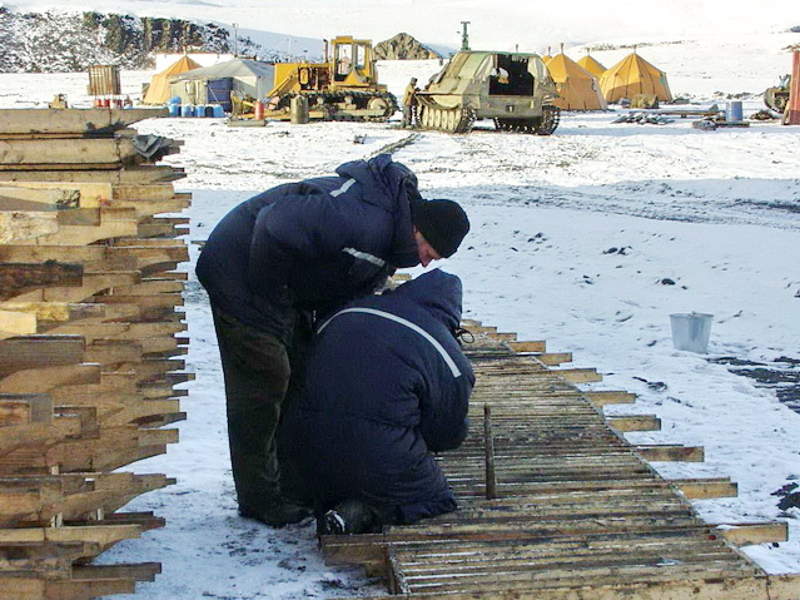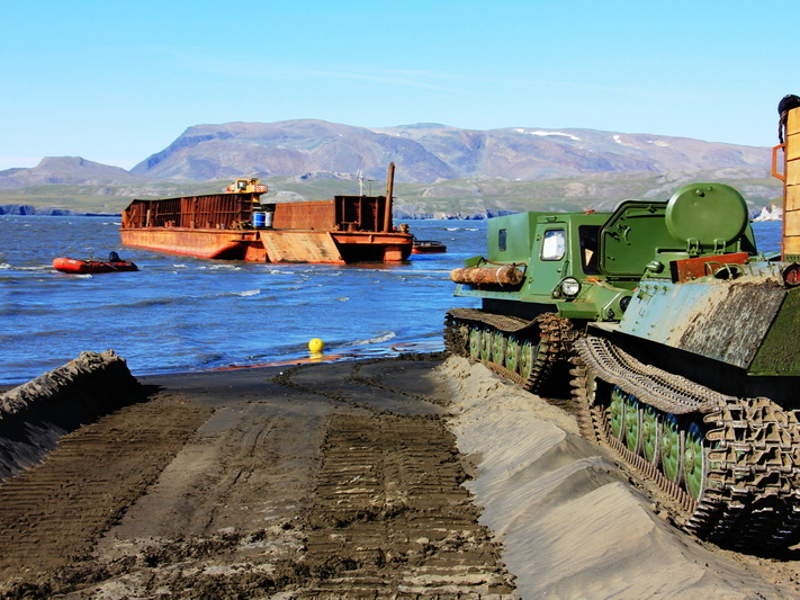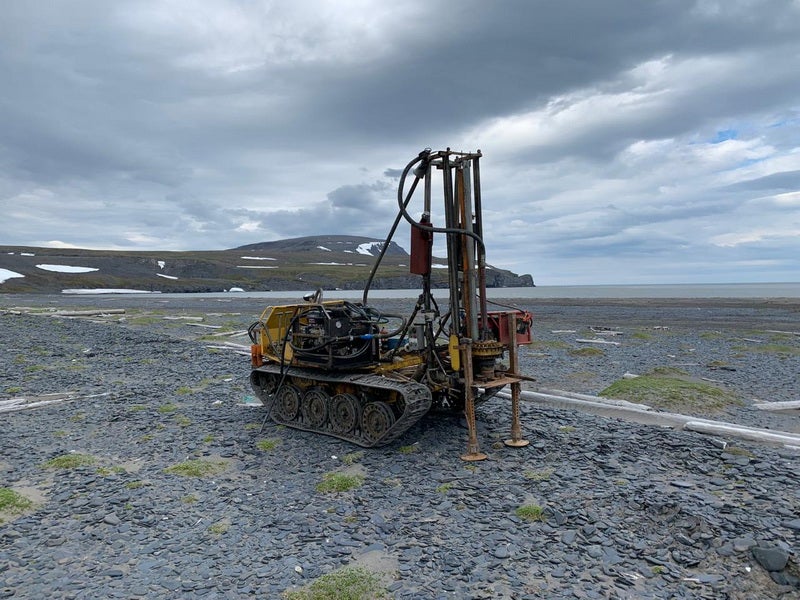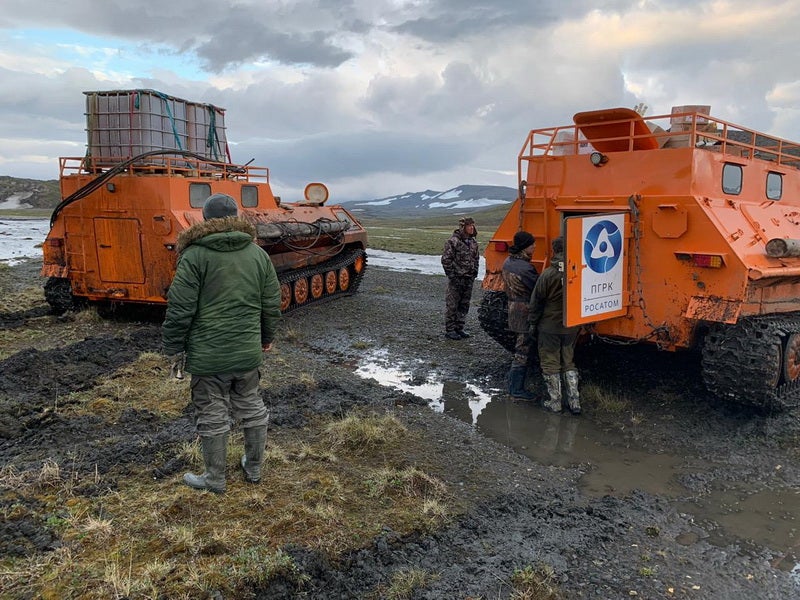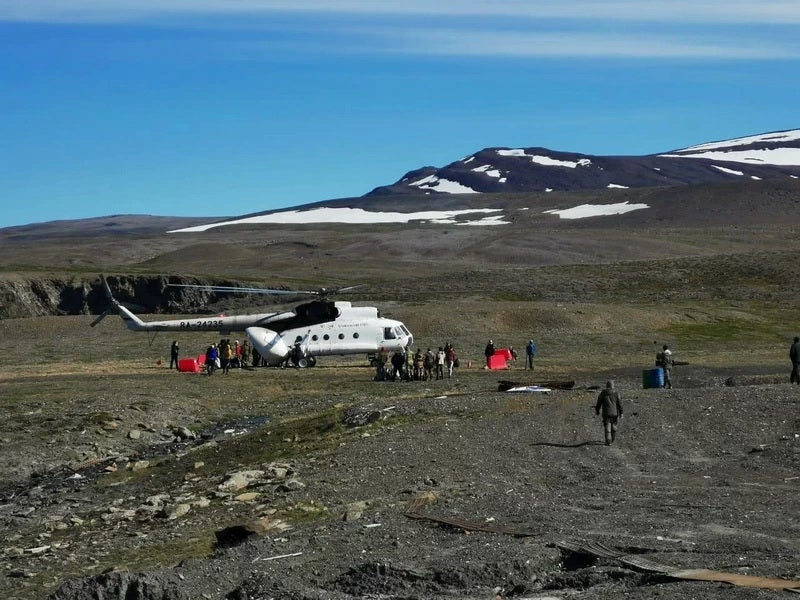Understand the impact of the Ukraine conflict from a cross-sector perspective with the Global Data Executive Briefing: Ukraine Conflict
Pavlovskoye is the fourth largest polymetallic (zinc and lead) deposit in the Russian Federation. JSC First Ore Mining Company (FOMC), which is 100% owned by Rosatom State Corporation, is developing the project. FOMC aims to establish a leading position in the Russian Federation for the production of zinc concentrate at the site.
FOMC plans to develop an open-pit mining complex at the Pavlovskoye deposit located in the Arkhangelsk region in the Arctic zone of the Russian Federation (Yuzhny Island, Novaya Zemlya archipelago). The project is estimated to contain reserves sufficient for up to 20 years of production.
The project is estimated to have an output capacity of up to 2.6 million tonnes per annum (Mtpa) of ore. The exploration licence for the project, which covers 1,150km² is valid until 2026, and the mining licence (covering 14.5km²) is valid until 2034.
The project is included in the Decree of the President of the Russian Federation of 26 October 2020, No. 645 (On the Strategy for the Development of the Arctic Zone of the Russian Federation). Pavlovskoe is also one of six projects to receive infrastructure state support (worth up to 20% of capital investments) and other economic incentives, which were approved by the Russian Government on 1 February 2020.
Pavlovskoye lead-zinc project location, geology and mineralisation
FOMC discovered the deposit in 2001 and undertook prospecting and appraisal between 2001 and 2002, which identified approximately 37Mt of С1 and С2 category lead-zinc-silver ore reserves.
Spread across 12km², the Pavlovskoye ore field is one of the biggest polymetallic ore facilities in the Bezimyanskoye ore cluster. It adjoins the offshore part of the Barents Sea and is located at a distance of between 16km and 18km from the deepwater bay, capable of receiving sea vessels with a displacement between 6,000t and 8,000t.
The project hosts terrigenous, terrigenous-clayey, and carbonate rocks belonging to the Silurian-Devonian age. The rocks lie at a shallow depth in the south and south-eastern direction.
The project hosts two productive deposits of lead and zinc ores namely Eastern and Central, which have a band-like morphology with a thickness ranging from 10m to 120m. The mineralisation was evaluated by trenches and boreholes along a strike length of 800m-900m, dipping downwards by more than 400m.
Pavlovskoye lead-zinc project reserves
The Pavlovskoye project is estimated to hold approximately 55Mt of ore containing 2Mt of zinc, 430,000t of lead and 30.3Moz of silver as of February 2021, in accordance with the guidelines set out in the JORC Code.
Mining and processing of ore at Pavlovskoye
A conventional open-pit mining method comprising three open pits is proposed to be used at the Pavlovskoye lead-zinc project.
It is anticipated that an estimated 2.6Mtpa of ore will be recovered from the mine and delivered to the enrichment plant. A barge-mounted processing plant concept has been proposed for the mine due to the long construction period and high capital costs of a land-based plant. The processing plant will be manufactured and assembled offsite before being floated to an excavated area and stabilised with gravel before being available for use.
The 176m-long, 32m-wide barge consists of three parts, with the largest part comprising the processing plant. The second part will house the power plant that will supply electricity to the processing facility alongside other critical equipment. The third part of the barge will include the workshop block, which will include maintenance and repair facilities, offices, meeting rooms and lounge areas.
The proposed processing plant will feature a process flotation system to produce lead and zinc concentrates, which will be dried and shipped to consumers. It is expected that approximately 160,000tpa of zinc concentrate, 25,000tpa of lead concentrate and 16tpa of silver will be produced.
Pavlovskoye project construction
FOMC completed the first stage of the field season of the Pavlovskoye deposit in November 2016 and conducted field operations related to engineering surveys for the construction of the mine and the processing complex in 2017.
The company also conducted engineering surveys for the onshore facilities, collected semi-industrial samples, and developed the operating procedure for the enrichment of lead-zinc ore.
A port complex on Novaya Zemlya is proposed to be constructed as part of the Pavlovskoye mine development. Engineering surveys for the design of the main underwater part of the port complex were carried out in July 2018.
The engineering surveys for the project have been approved by the State Commission. The State Environmental Impact Assessment also viewed the project positively.
Infrastructure facilities
Major infrastructure facilities of the project will include a 450-person shift camp and an administrative and utility building complex.
The port dock-side facilities are expected to include an open trans-shipment warehouse and facilities for fuel, lubricants and liquefied natural gas.
Contractors involved
JSC Rusburmash, an exploration company of ROSATOM’s mining division, was awarded the contract for conducting exploration at the Pavlovskoye mine.
The Mineral Resource and Ore Reserves Estimates were prepared by AMC Consultants in accordance with the guidelines set out in the JORC Code.
The pre-feasibility study report was developed and executed with the participation of engineering, mining and environmental consultants, namely Wood Canada, AMC Consultants and ERM.
Finland-based engineering company Aker Arctic designed the barge-mounted processing plant concept, while mining process solutions company Metso Outotec designed the thickening plant for the mine.
Wärtsilä, a manufacturer and supplier of equipment for the marine and energy markets, designed the power plant and other equipment for the processing plant.

